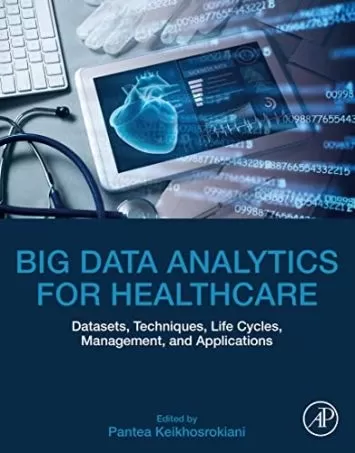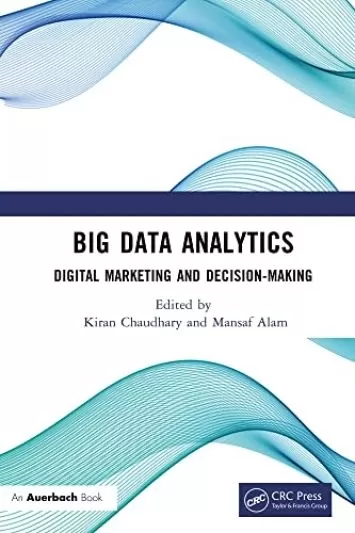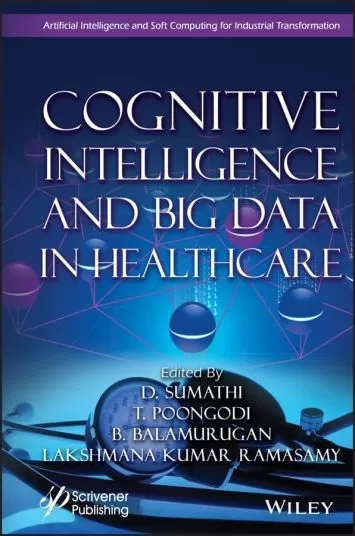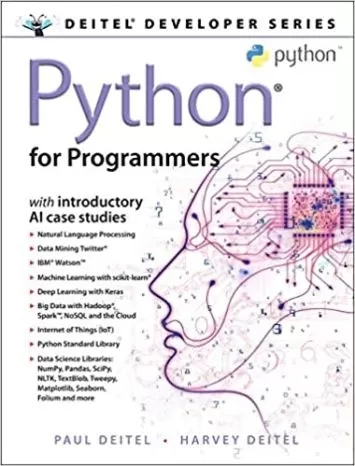About Big DataLearn More
Big Data is a big industry with big job opportunities. As data analytics software and methodologies have improved, corporations are hiring data analysts to aggregate, interpret, and visualize huge amounts of data in order to make better decisions.
Sort by:
Sorting
The newest
Most visited
Course time
Subtitle
Filtering
Courses

Udemy


Durga Viswanatha Raju Gadiraju
Master Data Engineering using GCP Data Analytics 10:58:22
12/06/2022

Udemy


Thomas Giordano
Intro to Big Data & Databases in Healthcare , Plain & Simple 1:08:04
12/04/2022
Books
Frequently asked questions about Big Data
Big data refers to a massive amount of data existing in structured and unstructured types that can get quantified using advanced analytical tools and techniques. Big data pushes beyond the limits of traditional databases by capturing and managing complex data in a more efficient manner, especially for querying data, generating models, and predicting outcomes. In short, big data encompasses everything that has to do with processing data in real-time on a large scale. While the concept has existed for decades, the industry did grow significantly after the emergence of open-source software like Hadoop and Spark, enabling data scientists to understand better why specific trends exist in subsets of user data. Information is drawn from big data often leads to valuable insights for making intelligent business decisions and improving productivity among team members. Ultimately, it is what companies do with the data that truly matters.
Big data has many practical applications, including artificial intelligence, the Internet of Things, social media, mobile development, and business analytics. Big data gets used across multiple industries, whether for personalized product marketing or uncovering consumer shopping behavior. You might have noticed the retargeting of ads in response to your buying preferences. Another one is driving from one location to the other by following a GPS roadmap. People can now monitor their health with wearables while they are exercising. Retail stores use predictive inventory ordering to track their wares and narrow down which locations perform the best. Big data gets integrated into IoT or cloud sensors to reduce cyberattack risks and detect potential data breaches. It even transforms healthcare for patients by transferring medical records to doctors during appointments.
The goal of utilizing big data in machine learning is to overcome the challenges of processing sizable databases, especially for those containing billions of queries on the entire internet or the activities of every social media user. It is generally cost-effective to develop machine learning algorithms to work with said data for both research and commercial purposes. Machine learning ensures data extraction programs are automated, giving them the ability to learn and adapt based on previous experiences. Those decision-making algorithms evolve through completing assigned tasks and collect deeper insights on datasets for enhancing business operations. Machine learning tools remain particularly valuable, recognizing patterns from data generated and translating them into key performance indicators. That allows statistical models to get applied to business decision-making. A great example would be notifying manufacturers of defective vehicle parts during car testing.
The 7 V’s that sum up big data are Volume, Velocity, Variety, Variability, Veracity, Visualization, and Value. Big Data has higher scalability than traditional databases, as implied by the data size, speed, accuracy, data type, significance, and accessibility. Businesses on average store large volumes of around 100 terabytes of data that must be available for conducting market research. Velocity represents the rate of accumulation of data in real-time. Variety and variability are tied to the premise of manipulating datasets with multiple meanings from diverse sources, categorized as natural language, geo-spatial, multimedia, and sensor events. Veracity suggests that big data’s quality gets degraded when the information is either incomplete or inaccurate. Visualization represents the chief part of organizing big data for easier viewing on spreadsheets and 3D models. Value gets determined by the potential applications of big data for developing new products to meet customer demands.
Big data analytics play a vital role in the business decision-making process. It begins with asking the right questions, defining a challenge to overcome, and knowing what kind of data to measure. In big data analysis, you have to consider many factors, like what tools to use during data collection and approaching the problem. Think about whether you have the resources and timeframe set aside for the project. Before you attempt to gather data, see if you can obtain it from existing databases. Data must be kept well-organized and stored in team files. Analyze the data by manipulating it differently, from plotting a graph to creating a pivot table. The final step is to visualize your data by interpreting the results to draw a reasonable conclusion using your initial hypothesis. That will help you decide on a proper course of action.
Generally speaking, there are four types of big data analytics every data scientist should know about: Prescriptive Analytics, Diagnostic Analytics, Descriptive Analytics, and Predictive Analytics. Cyber Analytics remains specific to the cybersecurity industry, and we will not discuss it here. Descriptive compiles past data into an easily readable format, suitable for presenting detailed reports on company metrics. Diagnostic gets characterized by techniques that dive into why a problem occurred. The data could require a drill down with data mining and data recovery protocols. Predictive looks into current data to make predictions. That is where AI and machine learning get first applied to the model. Prescriptive is the stage where a solution gets proposed to solve a specific problem. It focuses on the results of different scenarios in correlation with company actions.
The most popular tools for analyzing big data are as follows: Hadoop, MongoDB, MySQL, and Spark for database management. Microsoft Power, QlikView, and Tableau for visualizing data search queries. You will also need experience with data analytics software such as Python, R, SAS, and MATLAB. For instance, if you’re trying to collect data from Hadoop, you can take advantage of its reliable distribution methods to process data from multiple clusters of computers at once. Likewise, if you were to run MySQL, you would be able to manipulate relational databases along with the option to partition tabular data into lists, columns, and more.
"Big data can open up doors to a wide range of career opportunities. This technology has shaped the way companies store data and discover meaningful insights into their decision-making strategies. Data scientists mine and interpret data to devise the best course of action for reaching business goals. Data engineers combine computer science and engineering skills into building sophisticated algorithms such as those for suggesting product features or developing end-user tools. Database managers are responsible for reviewing reports, performing diagnostics, and interacting with data. Data analysts get trained to survey participants so they can interpret specific trends, similar to a statistician. Software engineers, security engineers and data architects are other jobs that may require you to be familiar with the world of big data. "


























